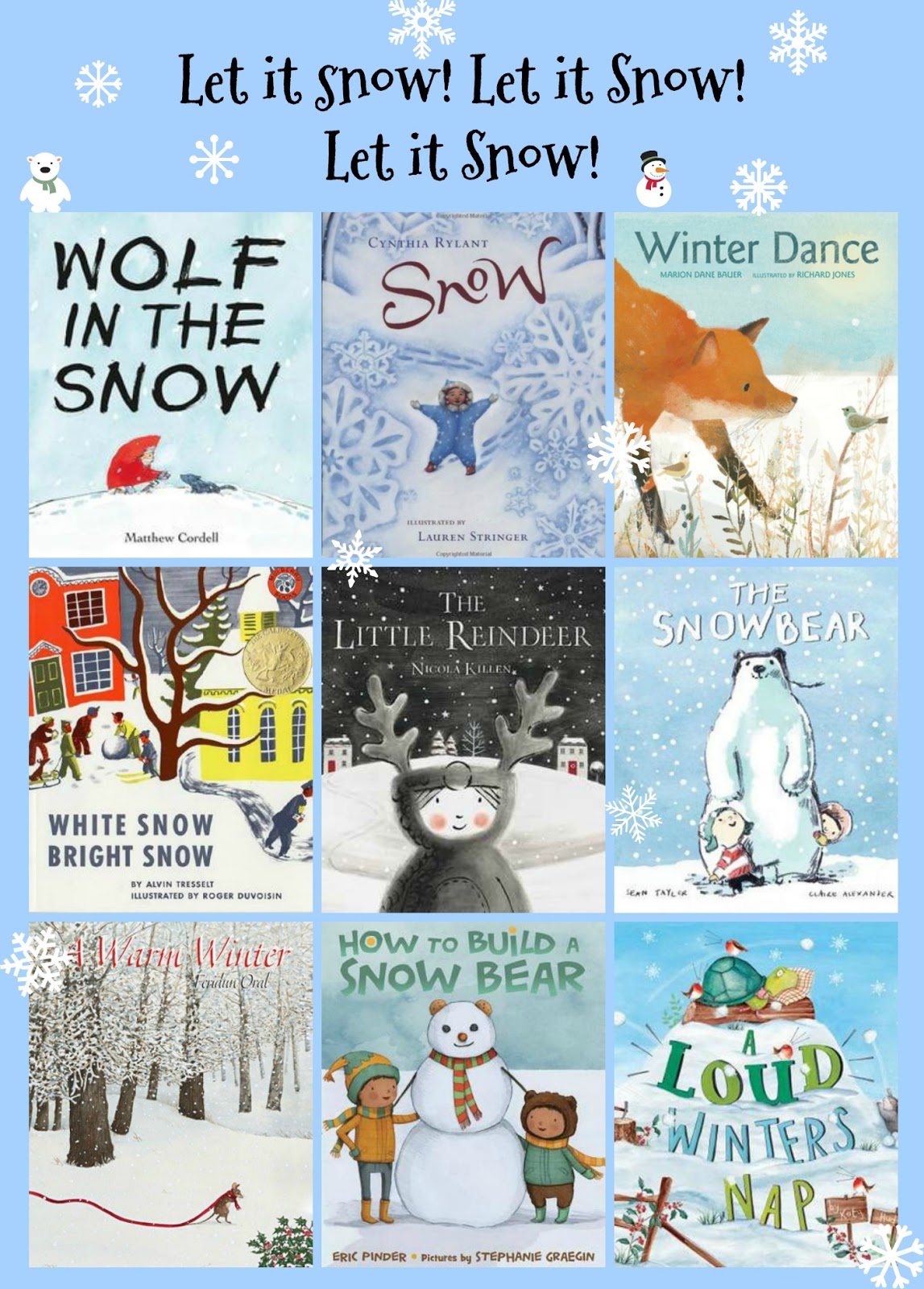

The huntsman takes Snow White into the forest, but after raising his dagger, he finds himself unable to kill her. As proof that Snow White is dead, the queen also wants him to return with her heart, which she will consume in order to become immortal. Eventually, she orders a huntsman to take Snow White into the forest and kill her.

She becomes envious, and from that moment on, her heart turns against Snow White, whom the queen grows to hate increasingly with time. When the queen again asks her mirror the same question, it tells her that Snow White is the fairest. But when Snow White is seven years old, her fairness surpasses that of her stepmother. The queen is always pleased with that response because the magic mirror never lied. The new queen possesses a magic mirror, which she asks every morning, "Mirror mirror on the wall, who is the fairest one of all?" The mirror always tells the queen that she is the fairest. His new wife is very beautiful, but a vain and wicked woman who practices witchcraft. (However, in the 1812 version of the tale, the queen does not die but later behaves the same way the step-mother does in later versions of the tale, including the 1854 iteration.) A year later, Snow White's father, the king, marries again.
LET IT SNOW BOOK TIE IN SKIN
Then she says to herself, "How I wish that I had a daughter that had skin as white as snow, lips as red as blood and hair as black as ebony." Some time later, the queen dies giving birth to a baby daughter who she names Snow White. The fable's antagonist the Evil Queen with the protagonist Snow White as depicted in The Sleeping Snow White by Hans Makart (1872)Īt the beginning of the story, a queen sits sewing at an open window during a winter snowfall when she pricks her finger with her needle, causing three drops of red blood to drip onto the freshly fallen white snow on the black windowsill. Others of this kind include " Bella Venezia", " Myrsina", " Nourie Hadig", " Gold-Tree and Silver-Tree", " The Young Slave", and " La petite Toute-Belle". In the Aarne–Thompson folklore classification, tales of this kind are grouped together as type 709, Snow White. The Grimm story, which is commonly referred to as "Snow White", should not be confused with the story of " Snow-White and Rose-Red" (in German " Schneeweißchen und Rosenrot"), another fairy tale collected by the Brothers Grimm. The seven dwarfs were first given individual names in the 1912 Broadway play Snow White and the Seven Dwarfs and then given different names in Walt Disney's 1937 film Snow White and the Seven Dwarfs. The fairy tale features such elements as the magic mirror, the poisoned apple, the glass coffin, and the characters of the Evil Queen and the seven Dwarfs. The Grimms completed their final revision of the story in 1854, which can be found in the 1957 version of Grimms' Fairy Tales.

The original German title was Sneewittchen, a Low German form, but the first version gave the High German translation Schneeweißchen, and the tale has become known in German by the mixed form Schneewittchen.

The Brothers Grimm published it in 1812 in the first edition of their collection Grimms' Fairy Tales, numbered as Tale 53. " Snow White" is a 19th-century German fairy tale that is today known widely across the world.


 0 kommentar(er)
0 kommentar(er)
